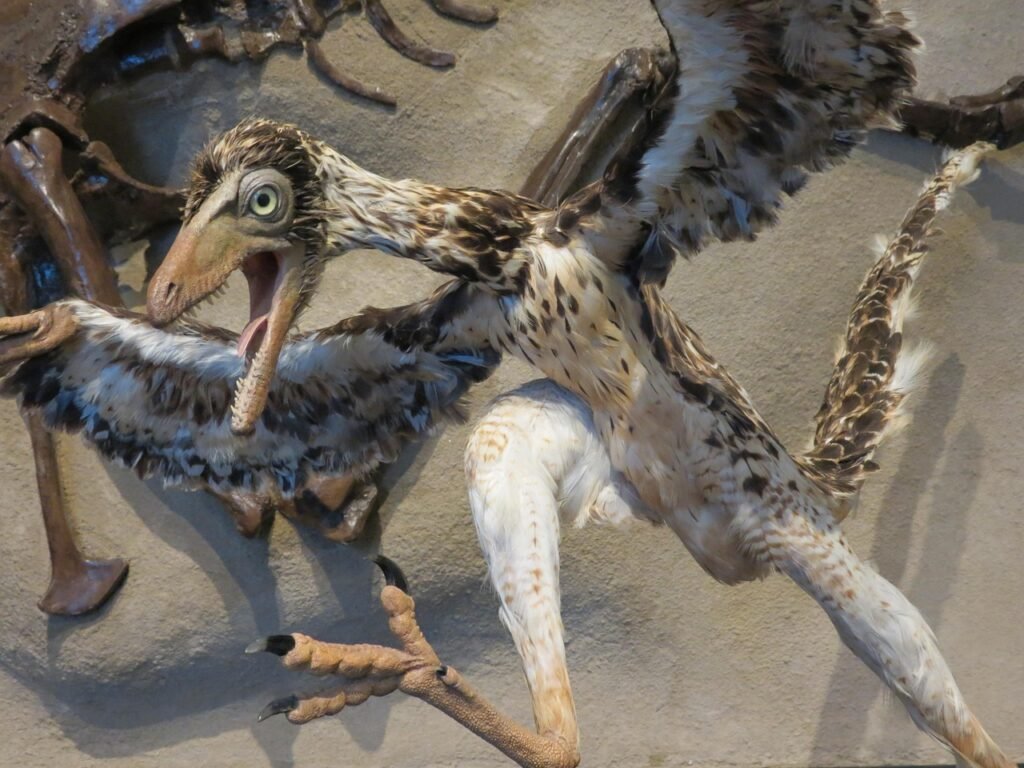Picture this: a creature soaring through ancient skies, its feathered wings catching the wind while razor-sharp claws grip onto branches and gleaming teeth snap at unsuspecting prey. This isn’t something from a fantasy novel—it’s Archaeopteryx, one of the most extraordinary animals that ever lived on Earth. Found in the limestone quarries of Germany, this remarkable fossil has been turning our understanding of evolution upside down for over 160 years.
The Discovery That Changed Everything
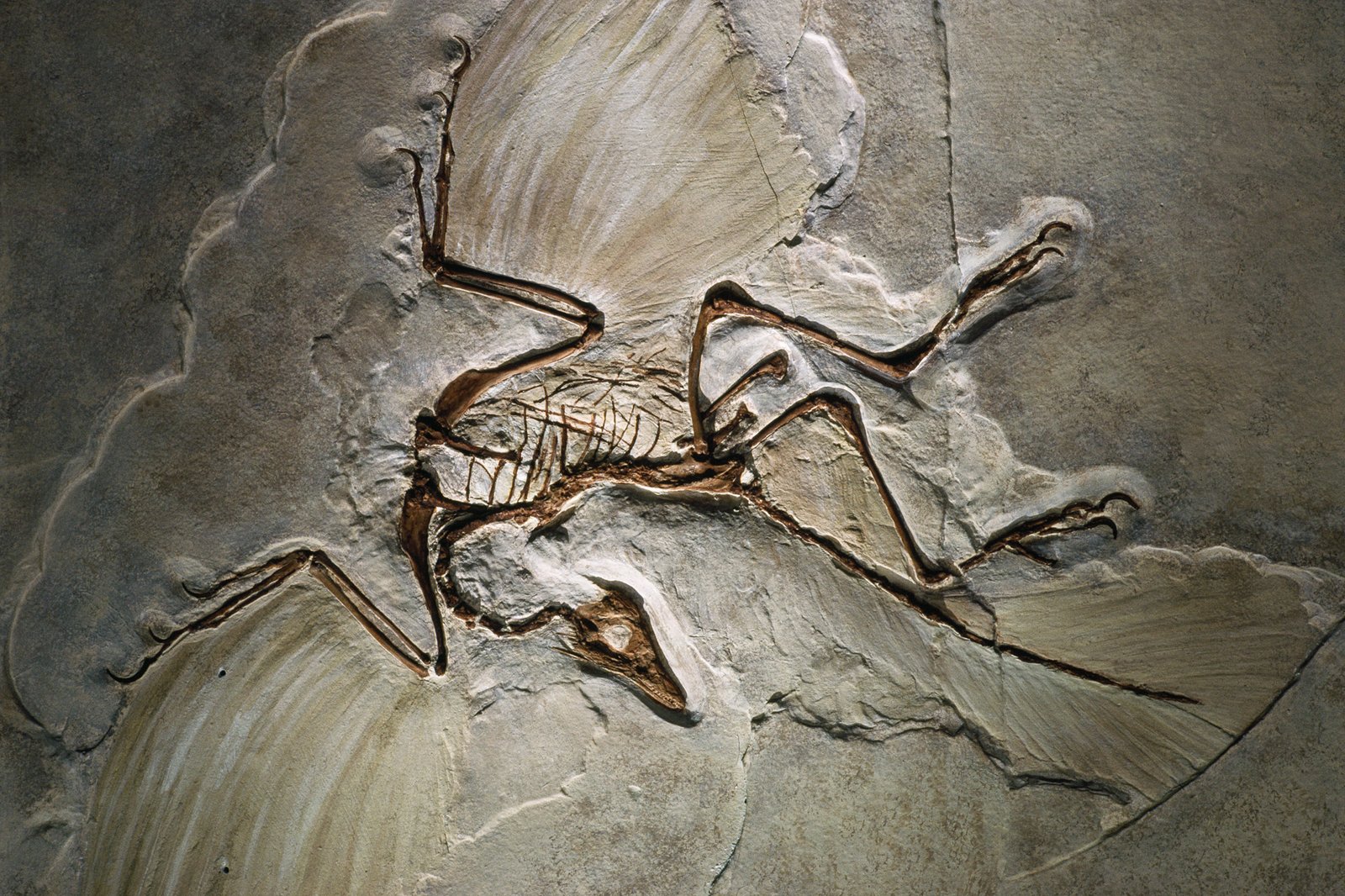
When Hermann von Meyer first described Archaeopteryx in 1861, the scientific world was still reeling from Darwin’s revolutionary theory of evolution. Just two years after “On the Origin of Species” hit the shelves, here was a fossil that seemed to prove Darwin right in the most spectacular way possible.
The timing couldn’t have been more perfect—or more controversial. Religious leaders and skeptical scientists had been demanding a “missing link” between different groups of animals. Archaeopteryx delivered exactly that, bridging the gap between reptiles and birds in ways nobody had imagined.
What made this discovery even more shocking was its pristine preservation. Unlike most fossils that show only bones, Archaeopteryx specimens revealed delicate feather impressions in stunning detail. These weren’t just any feathers—they were modern-looking flight feathers that belonged to a creature with teeth and claws.
A Feathered Reptile or a Primitive Bird
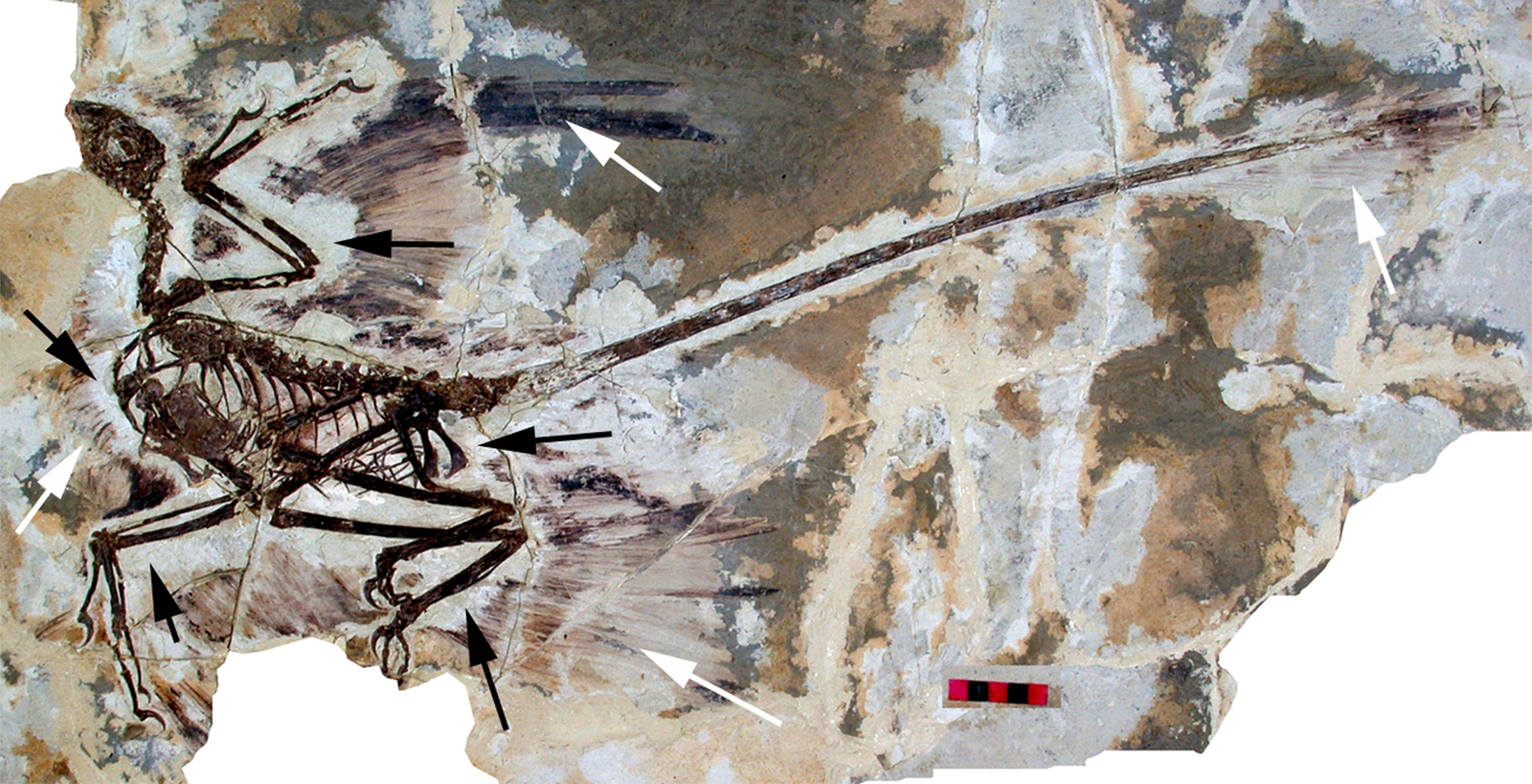
Scientists have been wrestling with this question for decades, and the answer isn’t as straightforward as you might think. Archaeopteryx possessed an incredible mix of features that seemed to belong to completely different animals. Its skeleton looked remarkably reptilian, complete with a long bony tail, sharp teeth, and powerful claws on its wings.
Yet those magnificent feathers told a different story entirely. They were asymmetrical flight feathers, identical in structure to those found on modern birds. This combination was so unusual that early skeptics actually accused scientists of gluing bird feathers onto a reptile fossil—a claim that was thoroughly debunked through careful examination.
Today, most paleontologists classify Archaeopteryx as a transitional form between theropod dinosaurs and modern birds. It’s neither fully reptile nor fully bird, but something wonderfully in between that shows us evolution in action.
The Teeth That Terrorized Ancient Skies
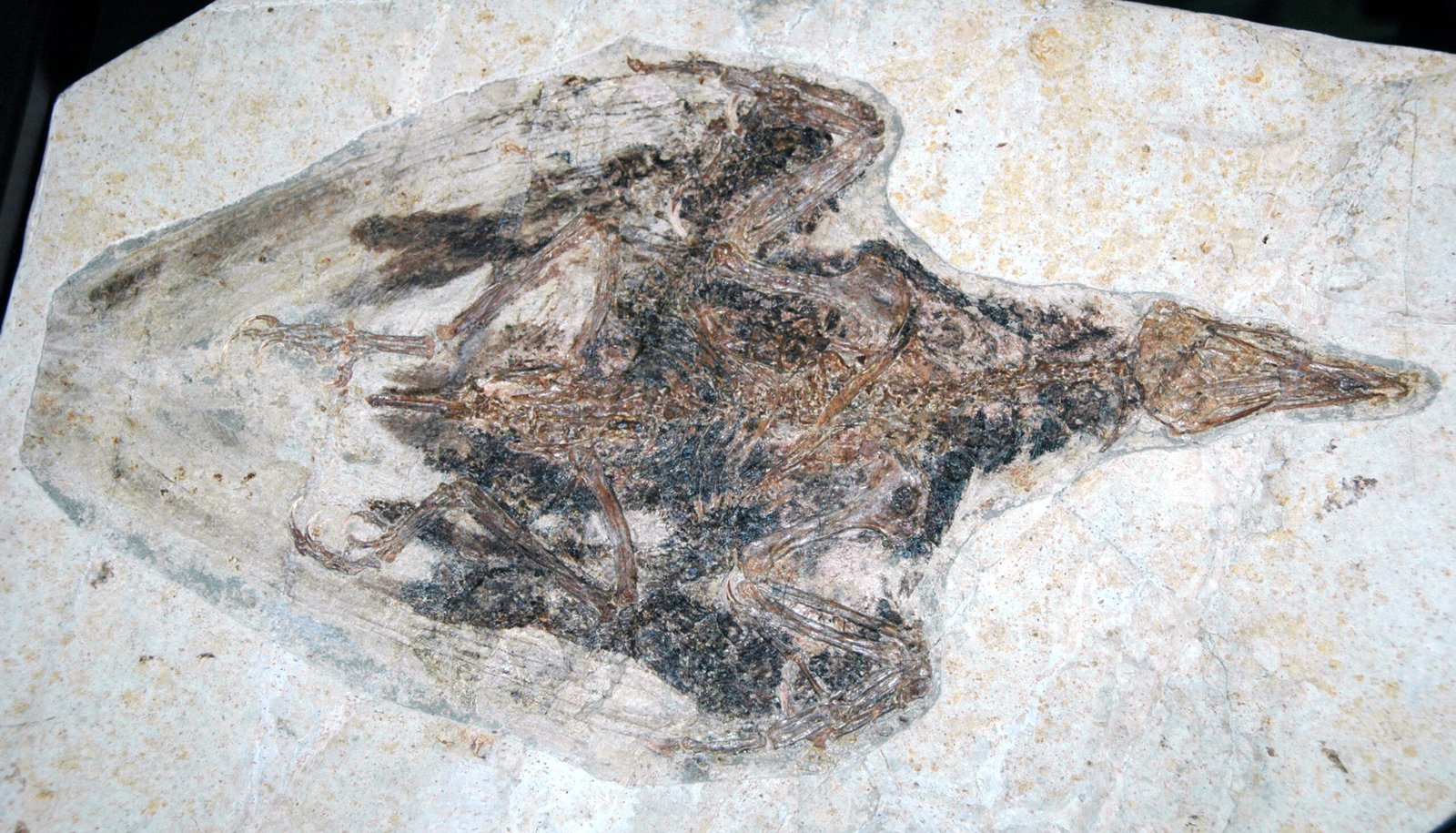
Imagine a bird with the smile of a crocodile—that’s essentially what Archaeopteryx brought to the Late Jurassic period. Its jaws were lined with sharp, conical teeth that were perfect for gripping slippery prey like fish or small reptiles. These weren’t the grinding teeth of plant-eaters, but the pointed weapons of a dedicated predator.
The teeth were set in sockets, just like those of modern crocodiles and ancient dinosaurs. This detail was crucial for paleontologists because it clearly linked Archaeopteryx to its reptilian ancestors. No modern bird has teeth—they’ve all been replaced by specialized beaks that serve the same function more efficiently.
These dental weapons likely made Archaeopteryx a formidable hunter in its ancient ecosystem. It could catch prey that might slip away from a beaked bird, giving it a significant advantage in the competitive world of 150 million years ago.
Claws That Could Kill
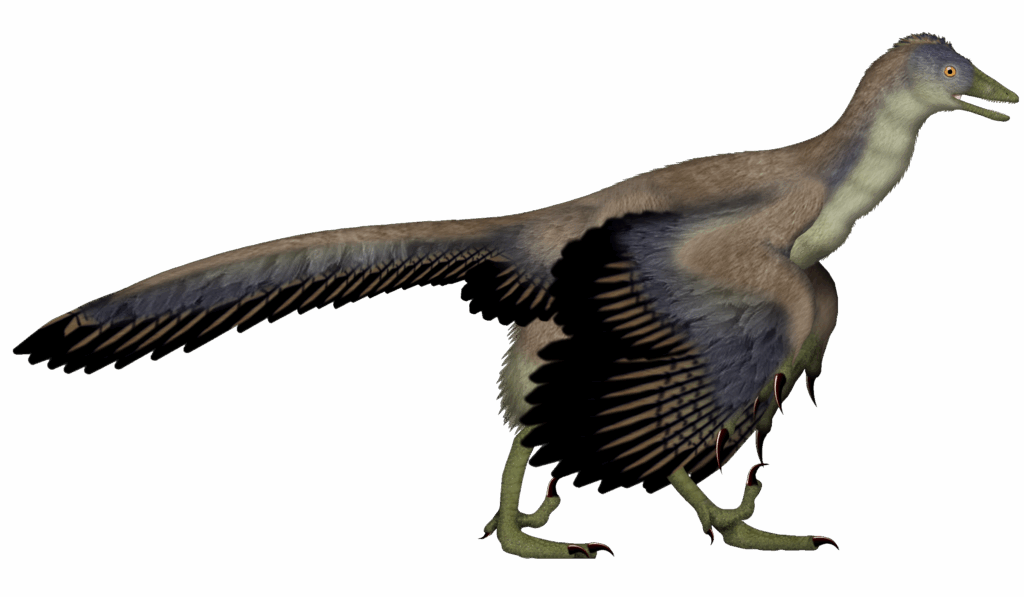
While teeth were impressive, Archaeopteryx’s claws were downright terrifying. Each wing ended in three long, curved claws that were as sharp as any raptor’s talons. These weren’t vestigial remnants—they were functional weapons that could tear through flesh and provide incredible gripping power.
The claws served multiple purposes in Archaeopteryx’s daily life. They helped the creature climb trees with ease, much like modern hoatzin chicks use their wing claws to navigate branches. They also functioned as backup weapons when hunting, capable of delivering devastating slashes to prey or predators.
What’s particularly fascinating is how these claws worked in harmony with the creature’s other features. While hunting, Archaeopteryx could use its claws to pin down struggling prey while its teeth delivered the killing bite. This combination made it one of the most efficient predators of its time.
Feathers That Defied Expectations
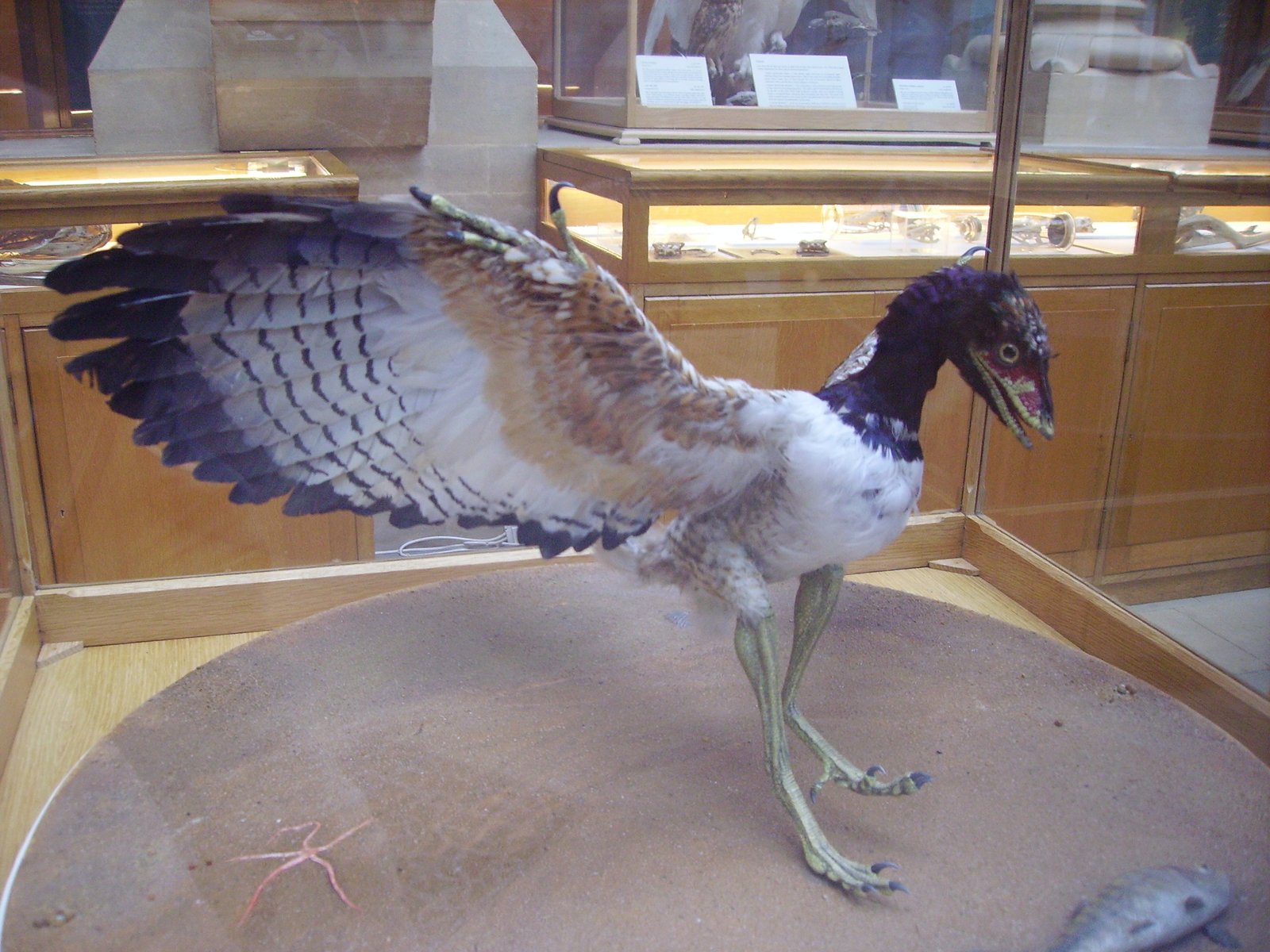
The feathers of Archaeopteryx aren’t just beautiful—they’re revolutionary. These weren’t the simple, hair-like structures found on some dinosaurs, but complex flight feathers with intricate barbules and hooklets that locked together to create smooth, aerodynamic surfaces.
Each feather was asymmetrical, with the leading edge narrower than the trailing edge. This design is essential for flight because it allows air to flow smoothly over the wing surface, generating lift. The fact that Archaeopteryx had such sophisticated feathers suggests that flight evolved much earlier than scientists once believed.
Recent studies have even revealed the original color of these ancient feathers. Using advanced techniques to analyze melanin-containing structures called melanosomes, researchers discovered that Archaeopteryx was likely black with a metallic sheen, similar to modern ravens or crows.
The Flight Debate That Rages On
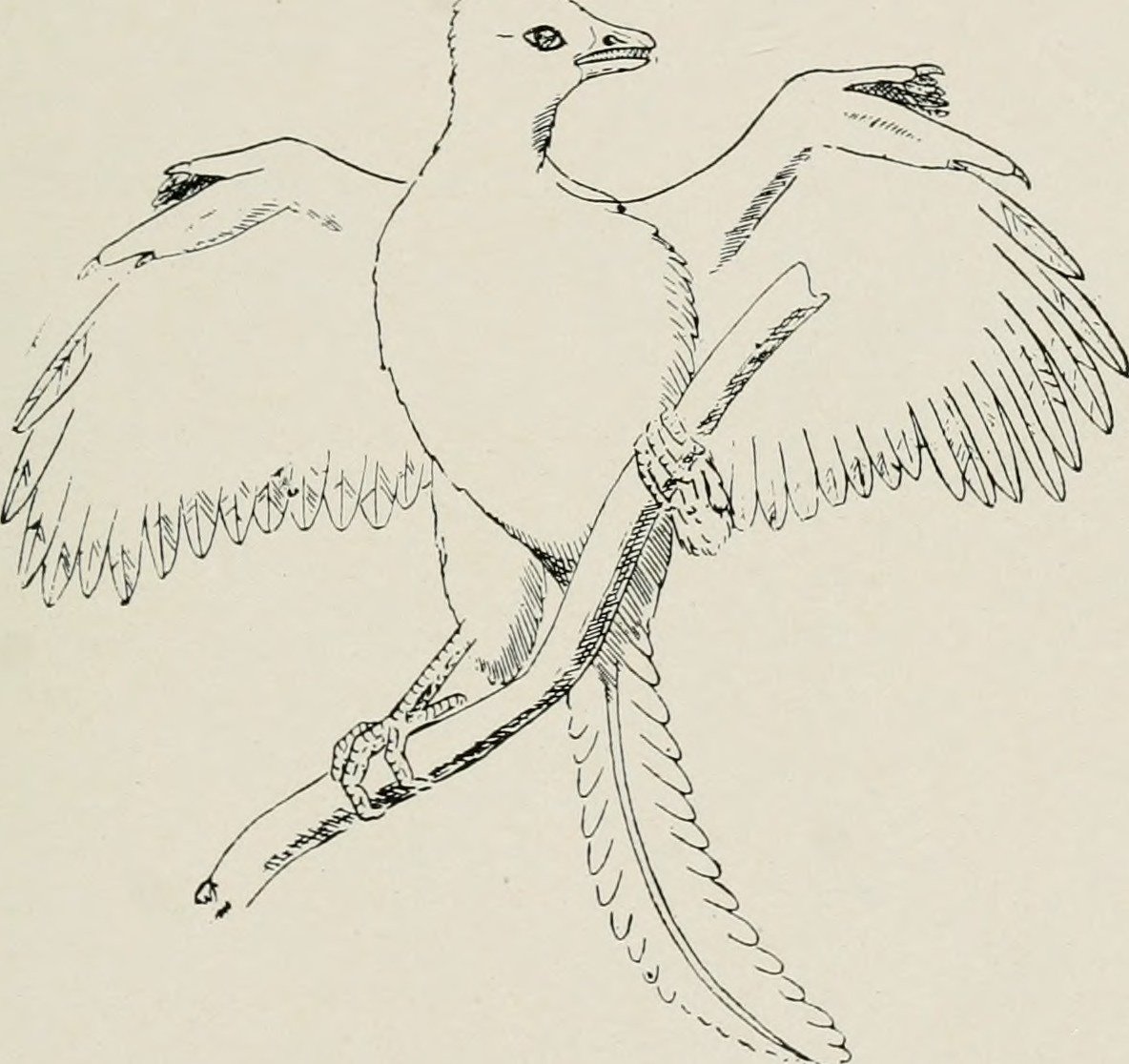
Could Archaeopteryx actually fly, or was it just a gliding showoff? This question has sparked heated debates in scientific circles for generations. The evidence points in different directions, creating a mystery that’s as compelling as any detective story.
Supporters of powered flight point to those sophisticated flight feathers and the creature’s wing structure. The feathers were clearly designed for flight, not just for show or temperature regulation. Additionally, Archaeopteryx had a wishbone (furcula) that could have helped coordinate wing movements during flight.
However, skeptics note that Archaeopteryx lacked the massive breast muscles and deep keel bone that modern birds need for sustained flight. Its brain also lacked the enlarged cerebellum that helps birds maintain balance during complex aerial maneuvers. This has led some scientists to propose that Archaeopteryx was more of a glider than a true flyer.
Life in the Late Jurassic World
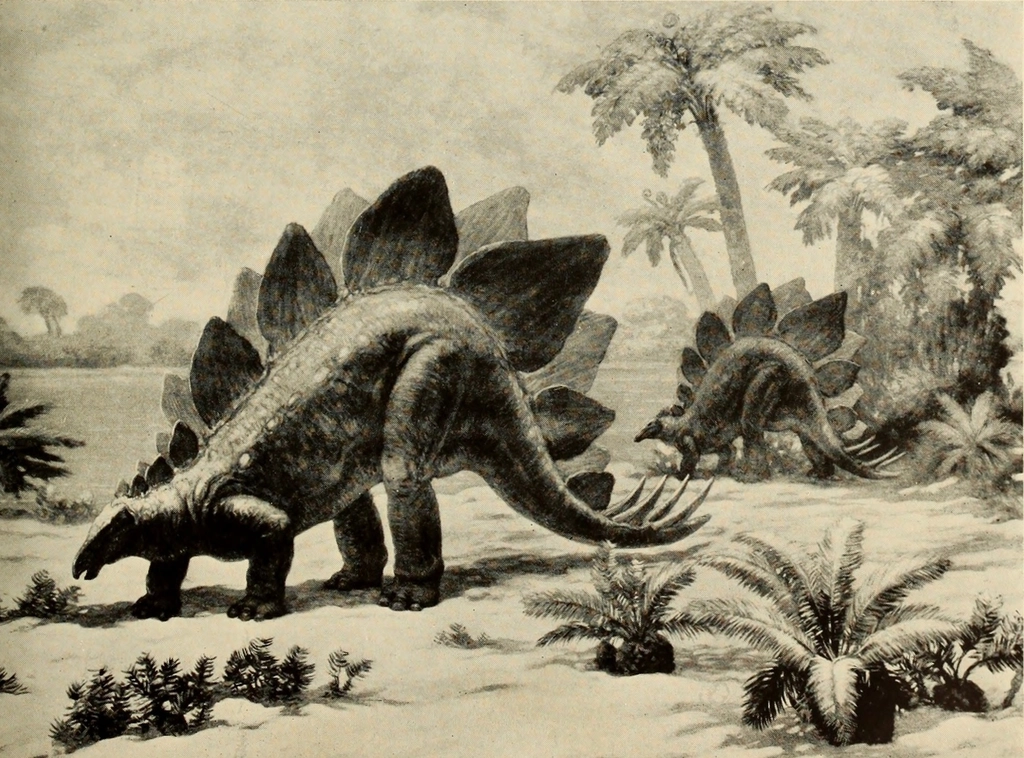
Archaeopteryx lived during one of the most fascinating periods in Earth’s history. The Late Jurassic period, about 150 million years ago, was a time when dinosaurs ruled the land and the first birds were taking to the skies. The world was warmer and more humid than today, with no ice caps and sea levels much higher than we see now.
The landscape where Archaeopteryx lived was dominated by shallow lagoons and coral reefs. These ancient German deposits, known as the Solnhofen Limestone, preserve incredible details of Late Jurassic life. The fine-grained limestone captured everything from delicate jellyfish to massive marine reptiles.
In this world, Archaeopteryx shared the skies with pterosaurs—the flying reptiles that had already mastered aerial locomotion. Competition between these early birds and established pterosaurs likely drove the evolution of more sophisticated flight capabilities in the bird lineage.
Hunting Strategies of an Ancient Predator

Archaeopteryx wasn’t just a passive glider drifting through ancient skies—it was an active predator with sophisticated hunting strategies. Its combination of teeth, claws, and wings made it uniquely adapted for catching prey both in the air and on the ground.
The creature likely used its wings to chase down flying insects, much like modern flycatchers dart through the air after their prey. Its sharp teeth could snatch insects right out of the air, while its claws helped it maneuver through tight spaces between branches and leaves.
On the ground, Archaeopteryx probably hunted like a small raptor, using its powerful legs to run down prey while its wing claws and teeth delivered the killing blow. This versatility made it one of the most successful predators of its ecosystem.
The Solnhofen Limestone Treasure Trove
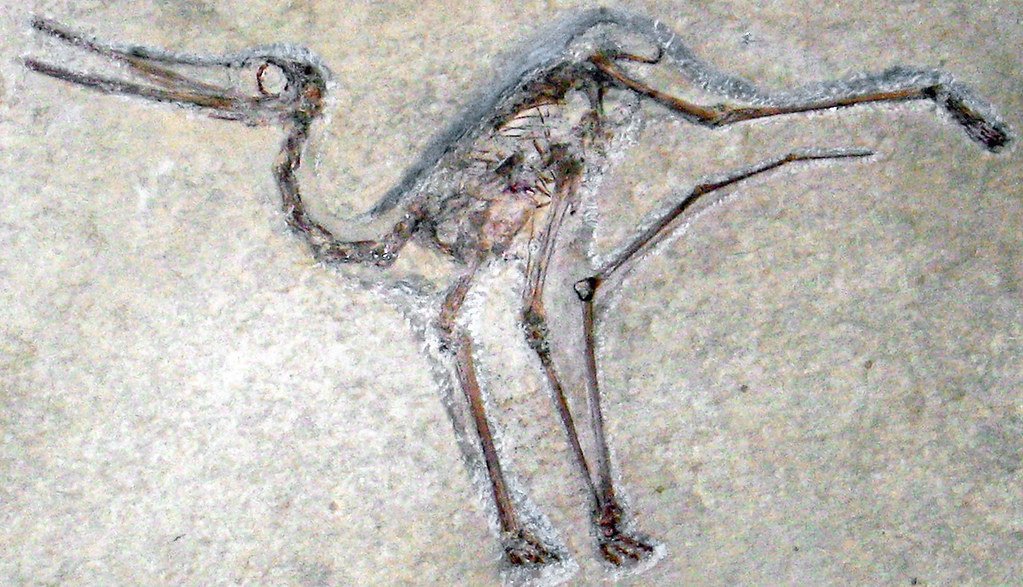
The Solnhofen Limestone formations in Bavaria, Germany, are like a time capsule from the Late Jurassic period. These incredibly fine-grained rocks have preserved some of the most detailed fossils ever discovered, including all known specimens of Archaeopteryx.
The limestone formed in shallow lagoons with very still water and low oxygen levels. When animals died and sank to the bottom, they were quickly covered by fine sediment that prevented decay and preserved even the most delicate details. This is why we can see individual feathers, skin impressions, and even stomach contents in some specimens.
The Solnhofen quarries have yielded twelve confirmed Archaeopteryx specimens, each one providing new insights into this remarkable creature. Some preserve feathers so well that scientists can study their microscopic structure, while others show the position of internal organs and bone details.
Evolutionary Links to Modern Birds
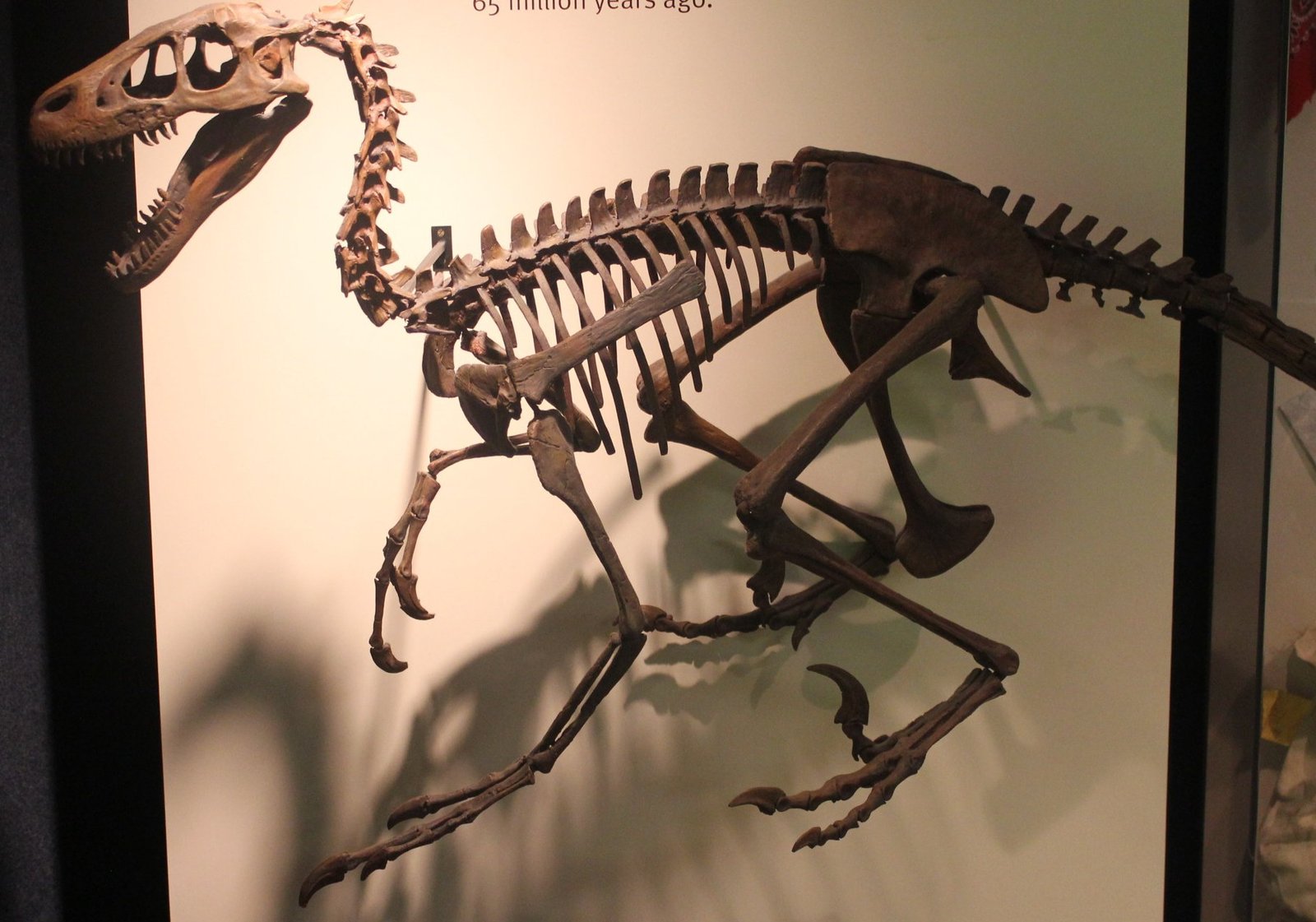
Archaeopteryx serves as a crucial link in understanding how modern birds evolved from their dinosaur ancestors. Its skeleton shows clear connections to theropod dinosaurs, particularly the small, fast-running species known as dromaeosaurs or “raptors.”
The similarities are striking: both groups had hollow bones, similar hip structures, and specialized wrist joints that allowed for complex arm movements. Even the arrangement of teeth and the shape of the skull show clear evolutionary connections between Archaeopteryx and its dinosaur relatives.
Modern birds retain many features that first appeared in Archaeopteryx, including the basic wing structure, feather arrangement, and even some behavioral patterns. By studying this ancient bird, scientists can trace the evolutionary path that led to the incredible diversity of birds we see today.
Controversies and Scientific Debates
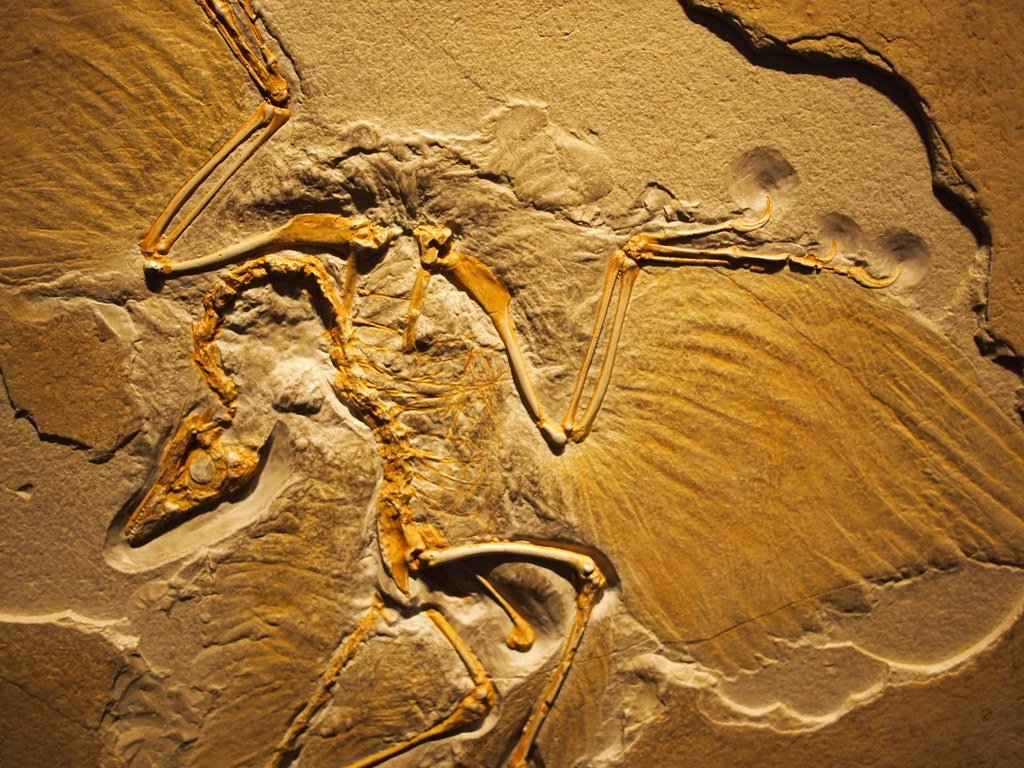
Few fossils have generated as much controversy as Archaeopteryx. From the moment of its discovery, scientists have debated everything from its classification to its lifestyle. Some researchers argue that it’s not even on the direct evolutionary line leading to modern birds, but rather a side branch that went extinct.
The flight debate continues to rage, with new studies regularly challenging previous assumptions. Some scientists have used computer modeling to suggest that Archaeopteryx could achieve powered flight, while others argue that its wing shape and muscle attachment points made this impossible.
Recent discoveries of other feathered dinosaurs in China have also complicated the picture. Some of these creatures are older than Archaeopteryx but have more advanced flight capabilities, suggesting that the evolution of flight was more complex than previously thought.
Diet and Feeding Behavior
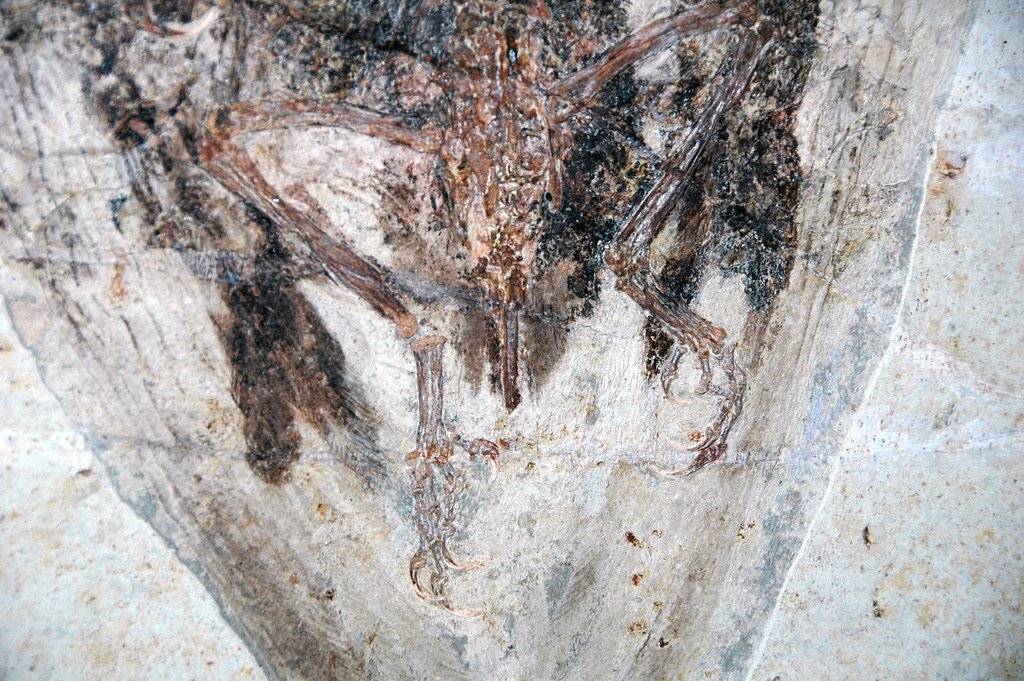
What did a creature with teeth and claws eat? The answer reveals a lot about how Archaeopteryx lived and interacted with its environment. Based on its dental structure and claw design, scientists believe it was primarily a carnivore that hunted small prey.
Insects were likely a major part of its diet, especially flying insects that it could catch during aerial pursuits. The Late Jurassic period saw an explosion of insect diversity, providing plenty of prey for a creature like Archaeopteryx. Its sharp teeth were perfect for crushing the hard exoskeletons of beetles and other armored insects.
Small vertebrates were probably also on the menu. Young dinosaurs, early mammals, and small reptiles would have been vulnerable to Archaeopteryx’s hunting abilities. Its claws could pin down struggling prey while its teeth delivered precise, killing bites.
Size and Physical Characteristics

Archaeopteryx was roughly the size of a modern raven, measuring about 20 inches long from beak to tail. This puts it in the perfect size range for a creature experimenting with flight—large enough to generate meaningful lift, but small enough to avoid the catastrophic consequences of a crash landing.
Its weight has been estimated at around 1.8 to 2.2 pounds, making it quite light for its size. This low weight was crucial for its aerial abilities, whether it was truly flying or just gliding from tree to tree. The hollow bones that it inherited from its dinosaur ancestors helped keep its weight down while maintaining structural strength.
The creature’s long, bony tail made up about half of its total length. Unlike modern birds, which have shortened their tails into compact structures, Archaeopteryx retained the long tail of its reptilian ancestors. This tail likely served as a rudder during flight and helped with balance when perching on branches.
Reproduction and Life Cycle

While we don’t have direct evidence of Archaeopteryx eggs or nests, scientists can make educated guesses about its reproductive behavior based on its evolutionary relationships. Like its dinosaur relatives, it probably laid eggs in nests that were carefully constructed and defended.
The creature’s wing claws suggest that young Archaeopteryx may have been able to climb trees from an early age, much like modern hoatzin chicks. This ability would have been crucial for survival, allowing young birds to escape ground-based predators by scrambling up into the safety of the canopy.
Based on bone structure and growth patterns, scientists estimate that Archaeopteryx reached maturity relatively quickly, probably within a year or two. This rapid growth would have been essential in the dangerous world of the Late Jurassic, where predators lurked around every corner.
Predators and Survival Strategies
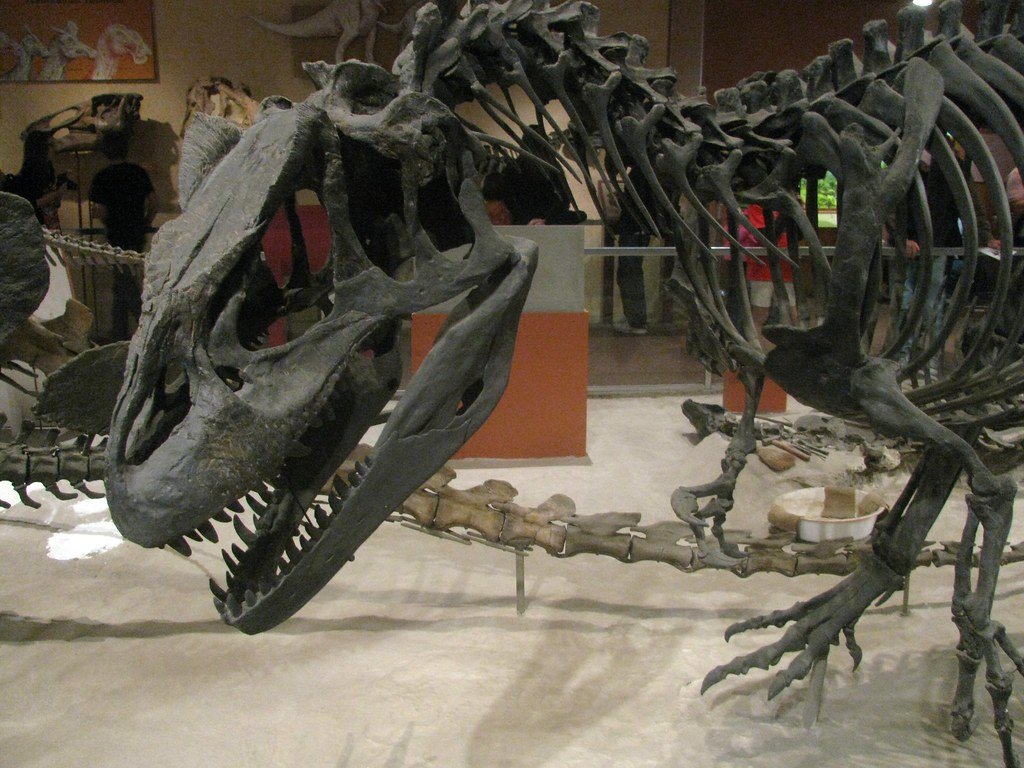
Life wasn’t easy for Archaeopteryx in the Late Jurassic world. It faced threats from both ground-based predators and aerial competitors. Large theropod dinosaurs like Allosaurus could have made quick meals of unwary Archaeopteryx, while pterosaurs competed for the same aerial hunting grounds.
The creature’s survival strategy relied heavily on its versatility. When threatened on the ground, it could take to the trees or attempt flight. When pursued in the air, it could use its claws to quickly scramble into dense vegetation where larger predators couldn’t follow.
Its relatively small size was both an advantage and a disadvantage. While it made Archaeopteryx vulnerable to larger predators, it also allowed the creature to exploit ecological niches that were unavailable to bigger animals. This flexibility probably played a crucial role in its survival during a time of intense competition.
Impact on Modern Science
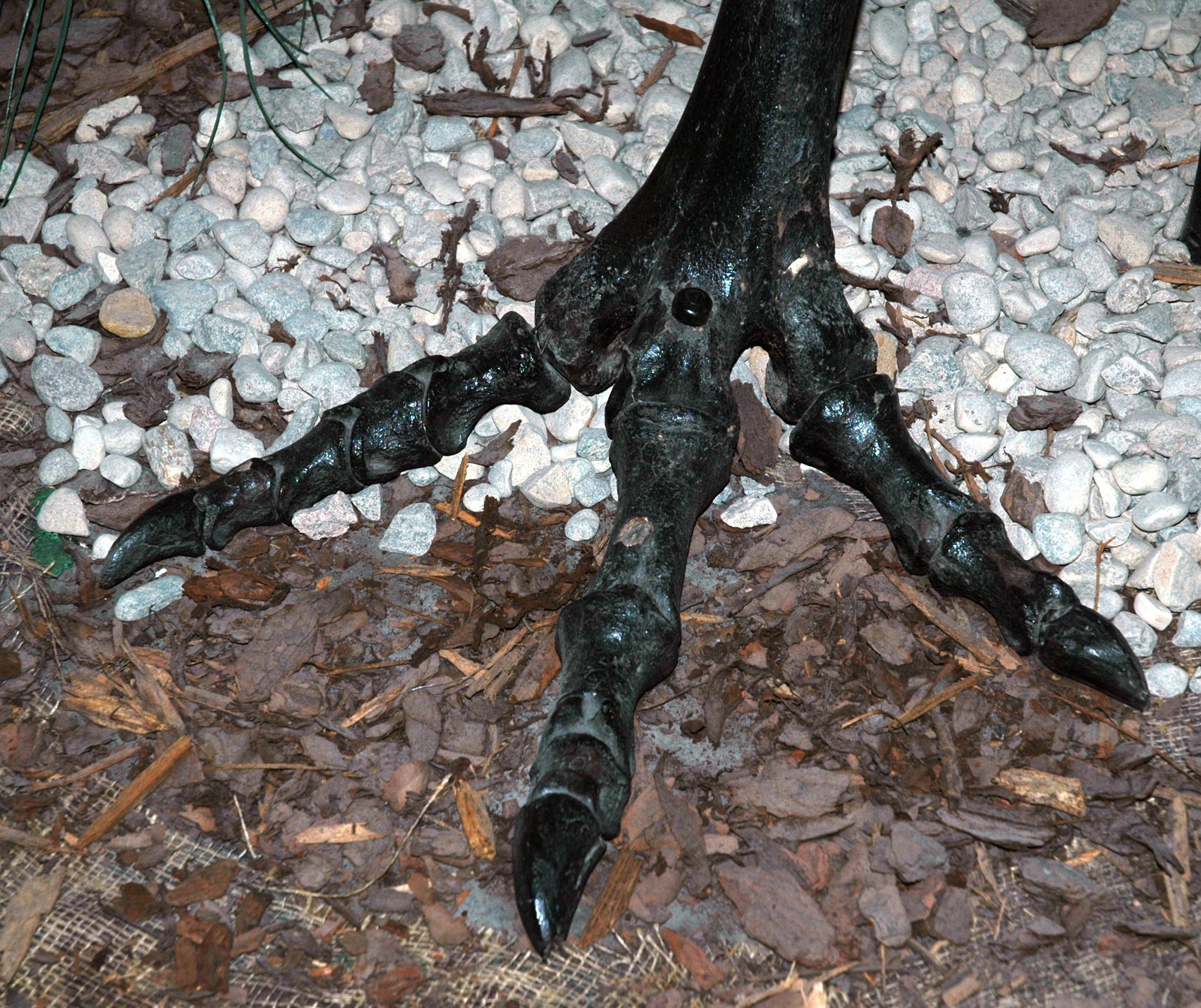
Archaeopteryx has had a profound impact on our understanding of evolution, serving as one of the most compelling examples of transitional forms in the fossil record. Its discovery provided crucial evidence for Darwin’s theory at a time when evolution was still controversial.
The creature has also revolutionized our understanding of bird evolution and the origin of flight. Before Archaeopteryx, scientists had no clear picture of how birds evolved from reptiles. This remarkable fossil bridged that gap and opened up entirely new fields of research.
Modern paleontology owes a great debt to Archaeopteryx. The techniques developed to study its fossils have been applied to countless other specimens, helping scientists unlock the secrets of ancient life. Its influence extends far beyond the study of early birds to encompass our entire understanding of how complex traits evolve.
Future Discoveries and Research
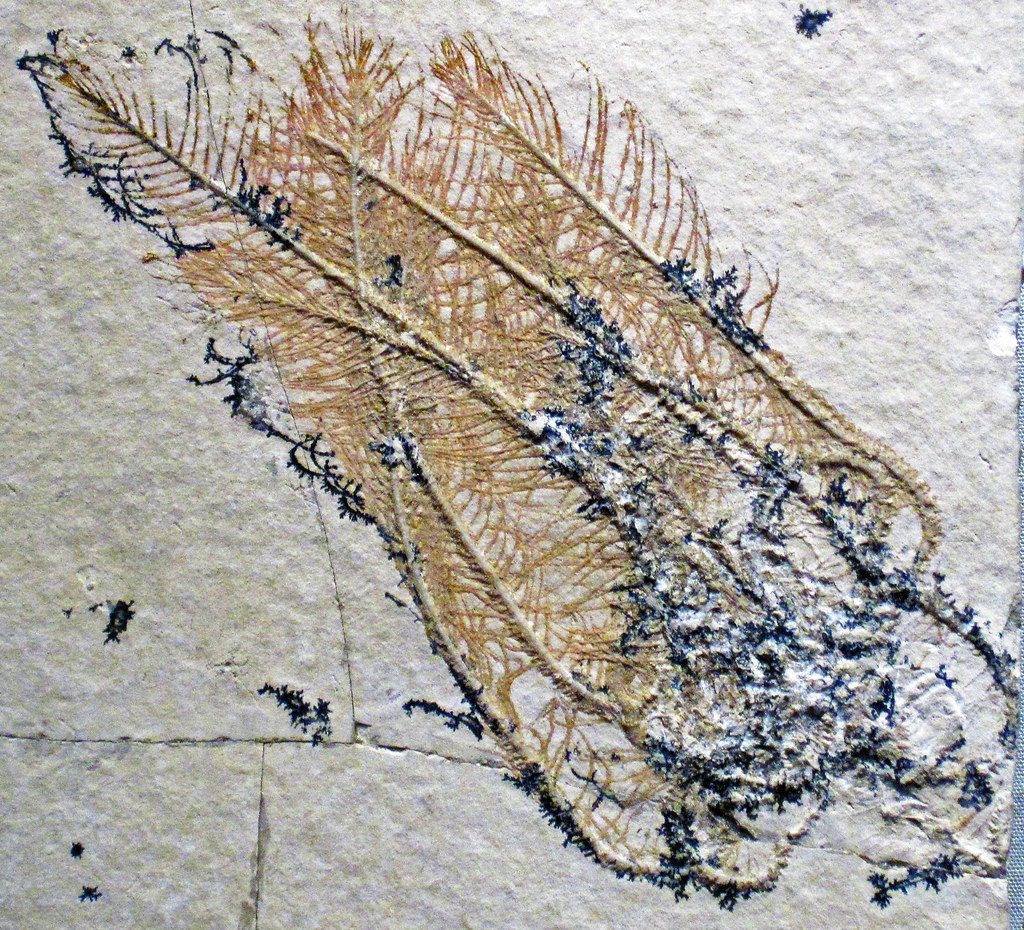
The story of Archaeopteryx is far from over. New analytical techniques are constantly revealing fresh details about this ancient creature. Advanced imaging technology can now see inside fossils without damaging them, while chemical analysis can determine everything from diet to metabolism.
Scientists are particularly excited about the possibility of finding more complete specimens or even discovering related species. Each new find adds another piece to the puzzle of early bird evolution and helps refine our understanding of how flight evolved.
The recent discovery of melanosomes in Archaeopteryx feathers has opened up entirely new avenues of research. Scientists can now study the colors and patterns of ancient creatures, providing insights into their behavior, ecology, and evolution that were previously impossible to obtain.
Conclusion
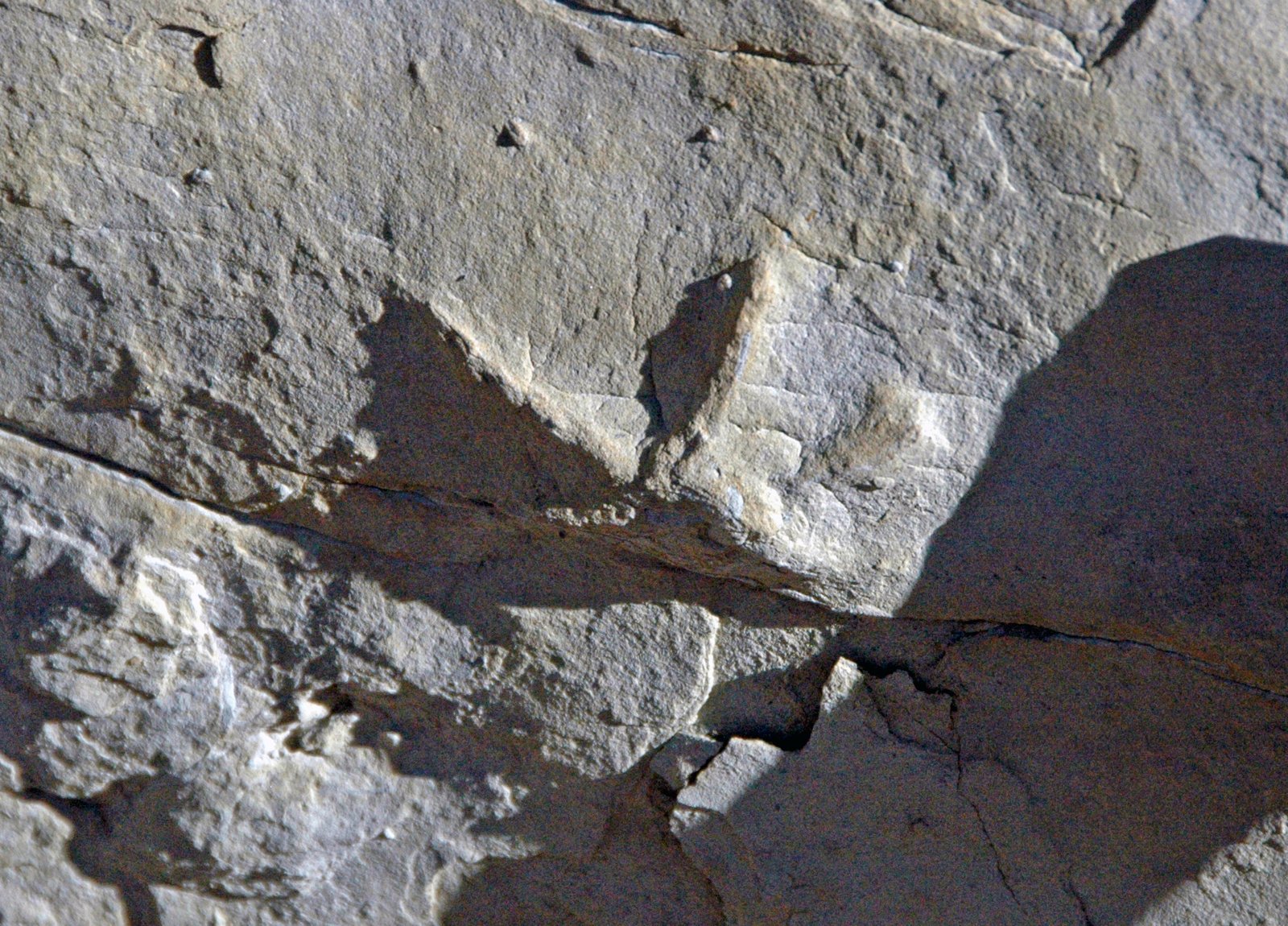
Archaeopteryx stands as one of nature’s most remarkable experiments—a creature that dared to bridge the gap between earth and sky with teeth, claws, and feathers. This extraordinary animal has taught us that evolution doesn’t follow neat, predictable paths but instead creates wonderful mosaic creatures that challenge our assumptions about how life develops.
From its razor-sharp teeth to its sophisticated flight feathers, every aspect of Archaeopteryx tells a story of adaptation and survival in an ancient world. It reminds us that the line between different groups of animals isn’t always clear-cut, and that some of the most important evolutionary innovations happened in creatures that seem impossible by today’s standards.
As we continue to study this 150-million-year-old marvel, we’re reminded that the natural world is full of surprises waiting to be discovered. Who knows what other incredible transitional forms are hiding in rocks around the world, ready to rewrite our understanding of life’s amazing journey? What other “impossible” creatures might be waiting to astonish us?

